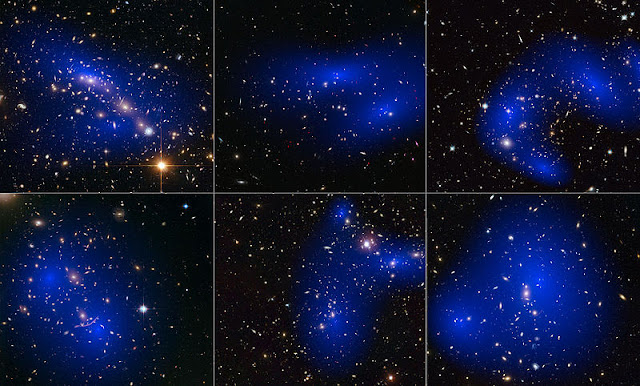 |
| EarthSky |
Data collected from a quasar 13 billion light-years away suggest a discrepancy between measurements of fundamental forces on Earth and those in that region.
Scientists have observed over time the existence of four fundamental forces: electromagnetism, gravity, strong nuclear force and weak nuclear force. A study that gathered data from a number of previous studies concluded that electromagnetism has values that vary depending on the region of the universe in which it is measured, and this has a number of implications for how we understand the universe.
Starting from these differences in the values of electromagnetism, scientists have theorized that they have a kind of north and south poles, which show the direction in which these variations can be mapped. "The new study seems to support this idea that there could be a directionality in the Universe, which is really very strange. So the universe may not be isotropic in its physical laws to be the same, statistically, in all directions, ”explains James Webb, a researcher at the University of New South Wales in Australia.
"But, in fact, there could be a certain direction or preferred direction in the Universe where the laws of physics change, but not in a perpendicular direction. In other words, the Universe has, in a certain sense, a dipole structure ", explains the researcher.
The data collected in this study call into question the theories and explanatory models that scientists currently use to explain how the universe evolves and various phenomena occur. "Our standard model of cosmology is based on an isotropic universe, one that is statistically the same in all directions. This standard model is built on Einstein's theory of gravity, which explicitly assumes the constancy of the laws of nature, "adds Webb.
Other articles on the same theme:
The study was published in Science Advances.










